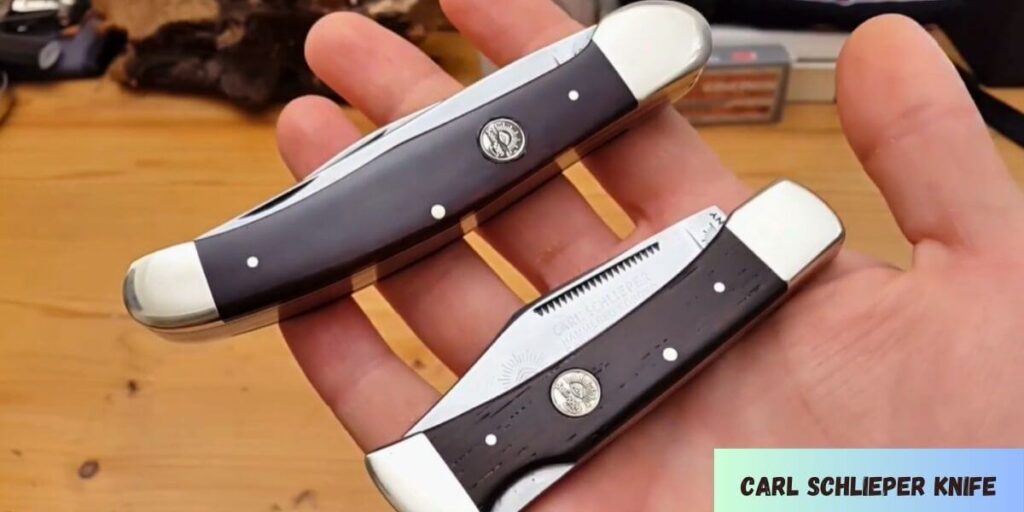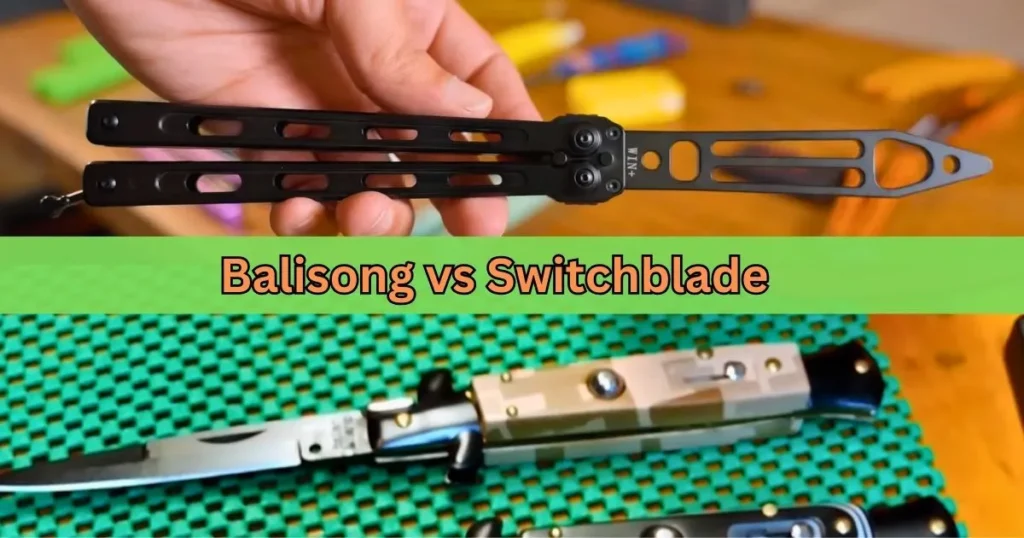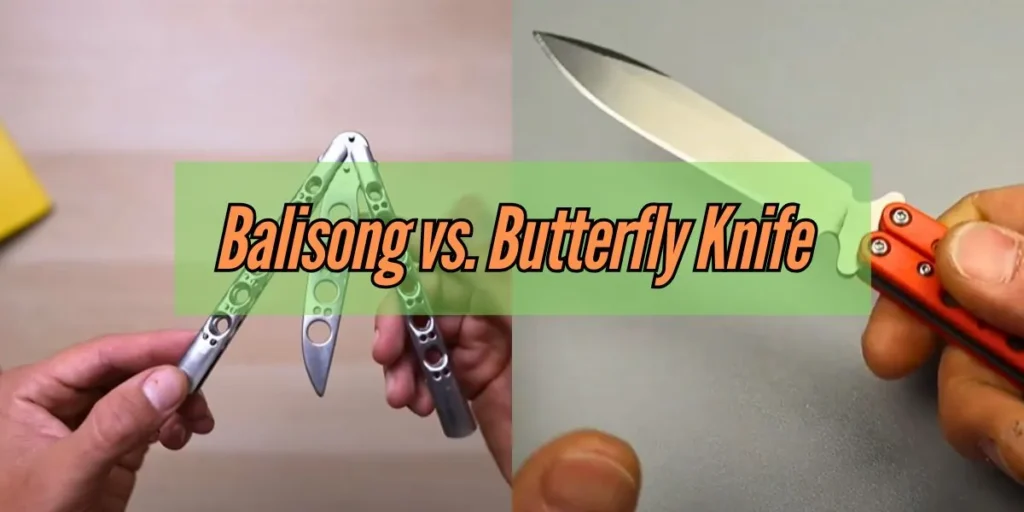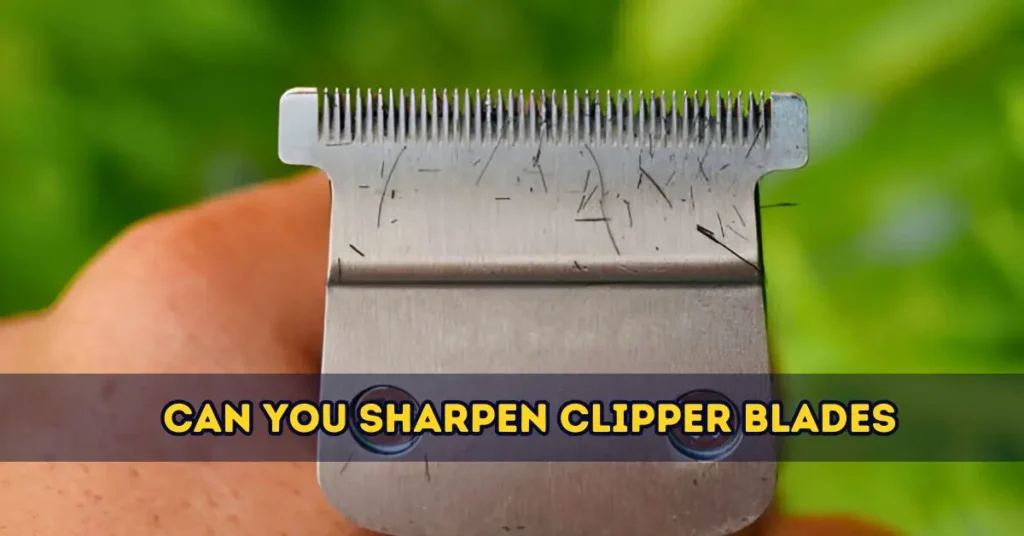How to Date a Carl Schlieper Knife: Expert Tips and Tricks
Table of Contents
ToggleExamine a Carl Schlieper knife tang stamp and blade etchings. Cross-reference these with known manufacturer timelines.

Carl Schlieper knives, or Eye Brand knives, are famous for their high-quality craftsmanship and durability. Collectors and enthusiasts often seek these knives for their historical value and unique design. Dating a Carl Schlieper knife requires knowledge of specific tang stamps, logos, and blade etchings used during different production periods.
This information helps determine the knife’s age and authenticity. Identifying these details is crucial for collectors assessing the knife’s value and historical significance. With accurate identification, enthusiasts can better appreciate the craftsmanship and history behind each Carl Schlieper knife.
Identifying Carl Schlieper Knife
Identifying a Carl Schlieper knife can be an intriguing journey. These knives will pique your interest with their rich history and unique features. This guide will help you identify them quickly and delve into their fascinating characteristics.
Brand History
The Carl Schlieper brand dates back to the 18th century. It started in Solingen, Germany, and is known for its quality steel. Carl Schlieper knives are often called “Eye Brand” knives. The brand’s eye symbol logo represents its vision for quality and precision, making it easy to spot. These knives are famous for their craftsmanship and durability.
Common Models
Carl Schlieper knives come in various models. Here are some popular ones:
| Model | Features |
| Peanut | Small, pocket-sized, two blades |
| Canoe | Medium size, two blades, rounded ends |
| Trapper | Large, two blades, used for trapping |
| Stockman | Three blades, versatile, for farm tasks |
These models have distinct shapes and sizes. The Peanut model is small and fits easily in pockets. The Canoe model has rounded ends, making it unique. The Trapper model is more extensive and perfect for trapping. The Stockman model is versatile, with three blades.
To identify a Carl Schlieper knife, look for these features:
- Eye symbol logo on the blade or handle
- High-quality Solingen steel
- Distinctive model shapes and sizes
You can quickly identify Carl Schlieper knives by understanding the brand history and standard models. Happy collecting!
Recognising Tang Stamps
Recognising tang stamps is crucial for dating a Carl Schlieper knife. Tang stamps provide vital information about the knife’s origin and age. Learning to identify these stamps can help you determine the knife’s history.

Location Of Stamps
Tang stamps are usually located on the blade’s tang. This is the part of the blade that extends into the handle. Check both sides of the tang for stamps. You might find stamps on the upper part of the blade near the handle. This is the most common location for tang stamps.
Stamp Variations
Carl Schlieper knives feature different stamps through various production years.
Here are some common variations:
- Eye Brand: Often includes an eye symbol and “Carl Schlieper” text.
- Solingen: Indicates the knife was made in Solingen, Germany.
- Rostfrei: This means the knife is stainless steel.
Stamps can also include numbers. These numbers usually signify the model or production year. For example, a stamp might read “1954”. This indicates the knife was made in 1954. Below is a simple table of standard stamps and their meanings
| Stamp | Meaning |
| Eye Brand | Trademark symbol and company name |
| Solingen | Made in Solingen, Germany |
| Rostfrei | Stainless steel material |
| Year (e.g., 1954) | Year of production |
Pay attention to the font and size of the stamps. Older knives may have more worn or faded stamps, while newer knives will have clear, sharp stamps. Comparing stamps can help you determine the knife’s age and authenticity.
Decoding Blade Markings
Understanding the markings on your Carl Schlieper knife is crucial. These markings tell you a lot about the knife’s history and authenticity. This guide will help you decode these important symbols and codes.

Logos And Symbols of Carl Schlieper knife
The Carl Schlieper knife features distinct logos and symbols. These logos often include a clover leaf, a Carl Schlieper trademark. You may also see the words “Carl Schlieper” or “Solingen” on the blade. “Solingen” indicates the city in Germany where the knife was made. Look for these symbols to confirm the knife’s authenticity.
| Symbol | Meaning |
| Clover Leaf | Trademark of Carl Schlieper |
| Solingen | City in Germany where the knife was made |
Date Codes
Older Carl Schlieper knives often have date codes. These codes can be tricky to interpret. The date code usually appears on the blade or tang. It may look like a series of numbers or letters.
Here is a simple way to decode them:
- First, locate the date code on the blade.
- Next, match the code to a known chart of date codes.
- Finally, read the corresponding year.
For example, the code “C4” might correspond to 1964. These codes help you determine the knife’s age.
Understanding these markings can make your Carl Schlieper knife more valuable and help you appreciate its rich history.
Examining Handle Materials
When dating a Carl Schlieper knife, examining the handle materials is crucial. Handle materials can reveal much about the knife’s era and authenticity. Knowing the specific materials used helps identify the knife’s age.
Common Materials

Carl Schlieper knives feature various handle materials. These materials changed over time, offering clues about the knife’s production period.
- Stag Horn: One of the most popular materials. It provides a rugged, natural look.
- Wood: Often used for classic models. Typical woods include rosewood and ebony.
- Bone: Dyed or natural bone handles give a vintage appeal.
- Celluloid: A synthetic material used in the early 20th century. It mimics natural materials.
- Micarta: A durable composite material. It became popular in the mid-20th century.
Period-specific Features
Each period had its unique handle characteristics. Recognising these features helps in accurately dating the knife.
| Period | Features |
| 1900-1930 | Celluloid and bone handles. Intricate carvings were common. |
| 1930-1950 | Introduction of Micarta. Simplified handle designs. |
| 1950-1980 | Stag horn and wood became prevalent. Robust and functional designs. |
| 1980-Present | Modern materials like G-10 and carbon fibre. Sleek, ergonomic designs. |
Inspecting Blade Construction
Inspecting the construction of a Carl Schlieper knife blade is crucial. It helps determine the knife’s age and authenticity. This section will guide you through the process.
Blade Shapes
The shape of the blade can

reveal much about its history. Carl Schlieper knives come in various shapes, each indicating a different era.
Here are some common blade shapes:
- Clip Point: A versatile blade with a concave curve.
- Sheepsfoot: A blade with a straight edge and rounded back.
- Drop Point: A blade with a convex curve, ideal for slicing.
Identifying the blade shape can help date the knife. Older models often feature traditional shapes like the Clip Point.
Manufacturing Techniques
The techniques used in manufacturing also provide clues. Carl Schlieper knives are known for their high-quality craftsmanship. Here are some key manufacturing aspects to inspect:
| Technique | Description |
| Forging | Hot metal shaping is standard in older knives. |
| Stamping | Cutting blades from steel sheets are seen in newer models. |
| Grinding | Creating blade edges is essential for all knives. |
Older Carl Schlieper knives often exhibit hand-forging. Newer models might use stamping for efficiency.
Pay attention to these details. They help pinpoint the knife’s manufacturing period, adding to its historical value.
Consulting Reference Guides
Consulting reference guides can help you accurately date your Carl Schlieper knife. These guides offer detailed information on markings, designs, and manufacturing periods. Utilising books and online resources ensures you have the most comprehensive data available.
Books And Catalogs
Books and catalogues are invaluable for dating Carl Schlieper knives. They often include high-quality images and detailed descriptions. These can help identify specific models and years of production.
Some recommended books include:
- Collector’s Guide to Old Knives by John Smith
- German Knife Makers by Karl Meyer
Catalogues from the manufacturer also offer essential insights. These catalogues often list the different models available during specific years, helping you pinpoint the exact year of your knife.
Online Resources
Online resources provide an easily accessible way to date Carl Schlieper knives. Websites dedicated to knife collecting often have extensive databases.
Some useful websites include:
- All About Pocket Knives – Features a community forum for knife enthusiasts.
- BladeForums – Offers discussions on various knife brands and models.
Many of these websites allow you to upload photos of your knife. Experienced collectors can then help you identify and date it accurately.
By combining these resources, you can confidently determine the age of your Carl Schlieper knife.
Seeking Expert Opinions
Determining the age of a Carl Schlieper knife can be challenging. Seeking expert opinions is crucial. Experts can provide insights that help you date your knife accurately. Here, we explore two reliable sources: Knife Collectors and Professional Appraisers.

Knife Collectors
Knife collectors have a wealth of knowledge. They often specialize in particular brands. Many collectors focus on Carl Schlieper’s knives. They can identify unique features and manufacturing details. Engage with collectors at knife shows. Online forums are also valuable resources.
Here are some familiar places to find knife collectors:
- Knife shows and exhibitions
- Online forums and communities
- Social media groups
Networking with collectors can help you date your knife. They may also share historical documents and catalogues. These resources are invaluable for accurate dating.
Professional Appraisers
Professional appraisers offer expert evaluations. They have formal training in antiques and collectables. An appraiser can provide a detailed report. This report includes the knife’s age, condition, and value.
Consider these steps to find a professional appraiser:
- Research appraisers with experience in knives.
- Check their credentials and certifications.
- Read reviews and ask for references.
Professional appraisers use scientific methods and historical research. Their evaluations are often more precise. They can also help with insurance and resale values.
Both knife collectors and professional appraisers are essential. They provide different perspectives, but together, they offer a comprehensive understanding of your Carl Schlieper knife.
Frequently Asked Questions
Look for the "Eye Brand" logo on the blade. Check for high-quality craftsmanship and German steel markings.
Conclusion
Dating a Carl Schlieper knife can be straightforward with the proper knowledge. Pay attention to blade markings and handle materials. Use online resources to verify manufacturing periods. This guide can help you identify the age of your knife accurately. Happy collecting, and enjoy your journey into the world of vintage knives!
Related Posts
-
 17 Dec 2024 KnifeThe Ultimate Guide on How to Date Buck Knives
17 Dec 2024 KnifeThe Ultimate Guide on How to Date Buck Knives -
 17 Dec 2024 KnifeHow Old Is My Buck Knife? A Comprehensive Guide
17 Dec 2024 KnifeHow Old Is My Buck Knife? A Comprehensive Guide -
 16 Dec 2024 KnifeBalisong vs Switchblade: Which Knife Suits Your Needs Best?
16 Dec 2024 KnifeBalisong vs Switchblade: Which Knife Suits Your Needs Best? -
 16 Dec 2024 KnifeBalisong vs Butterfly Knife: What’s the Real Difference?
16 Dec 2024 KnifeBalisong vs Butterfly Knife: What’s the Real Difference? -
 13 Dec 2024 KnifeCan You Sharpen Clipper Blades? A Complete Guide
13 Dec 2024 KnifeCan You Sharpen Clipper Blades? A Complete Guide -
 12 Dec 2024 KnifeCan You Ship Knives Through USPS? A Comprehensive Guide
12 Dec 2024 KnifeCan You Ship Knives Through USPS? A Comprehensive Guide -
 10 Dec 2024 KnifeWhat Grit Whetstone for Kitchen Knives? Expert Tips Inside!
10 Dec 2024 KnifeWhat Grit Whetstone for Kitchen Knives? Expert Tips Inside! -
 07 Dec 2024 KnifeHow Long Can a Kitchen Knife Be Wet? A Practical Guide
07 Dec 2024 KnifeHow Long Can a Kitchen Knife Be Wet? A Practical Guide -
 05 Dec 2024 KnifeHow to Sharpen a Sickle Like a Pro: Expert Tips
05 Dec 2024 KnifeHow to Sharpen a Sickle Like a Pro: Expert Tips -
 05 Dec 2024 KnifeHow to Sharpen Titanium Coated Knife - Expert Tips
05 Dec 2024 KnifeHow to Sharpen Titanium Coated Knife - Expert Tips














